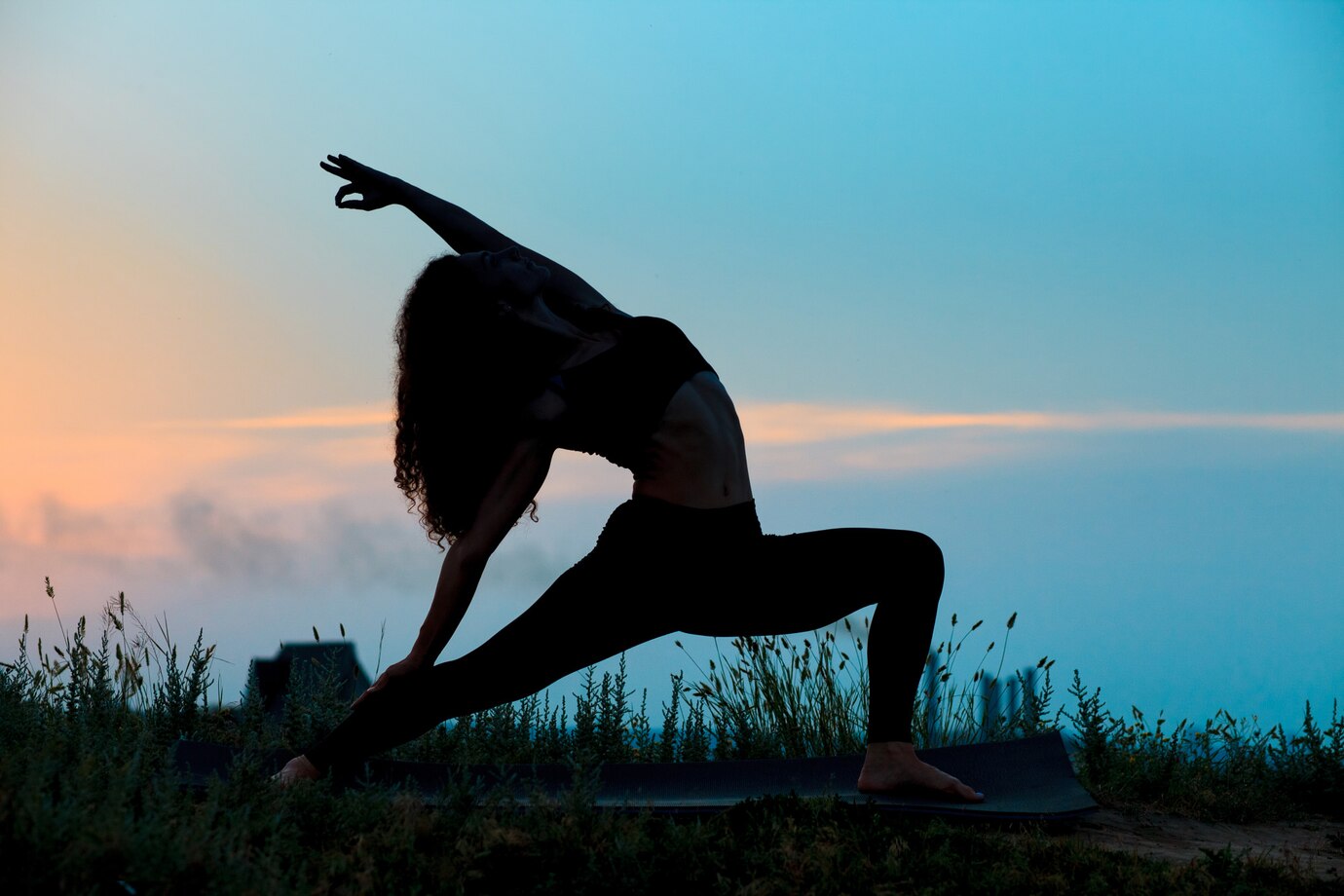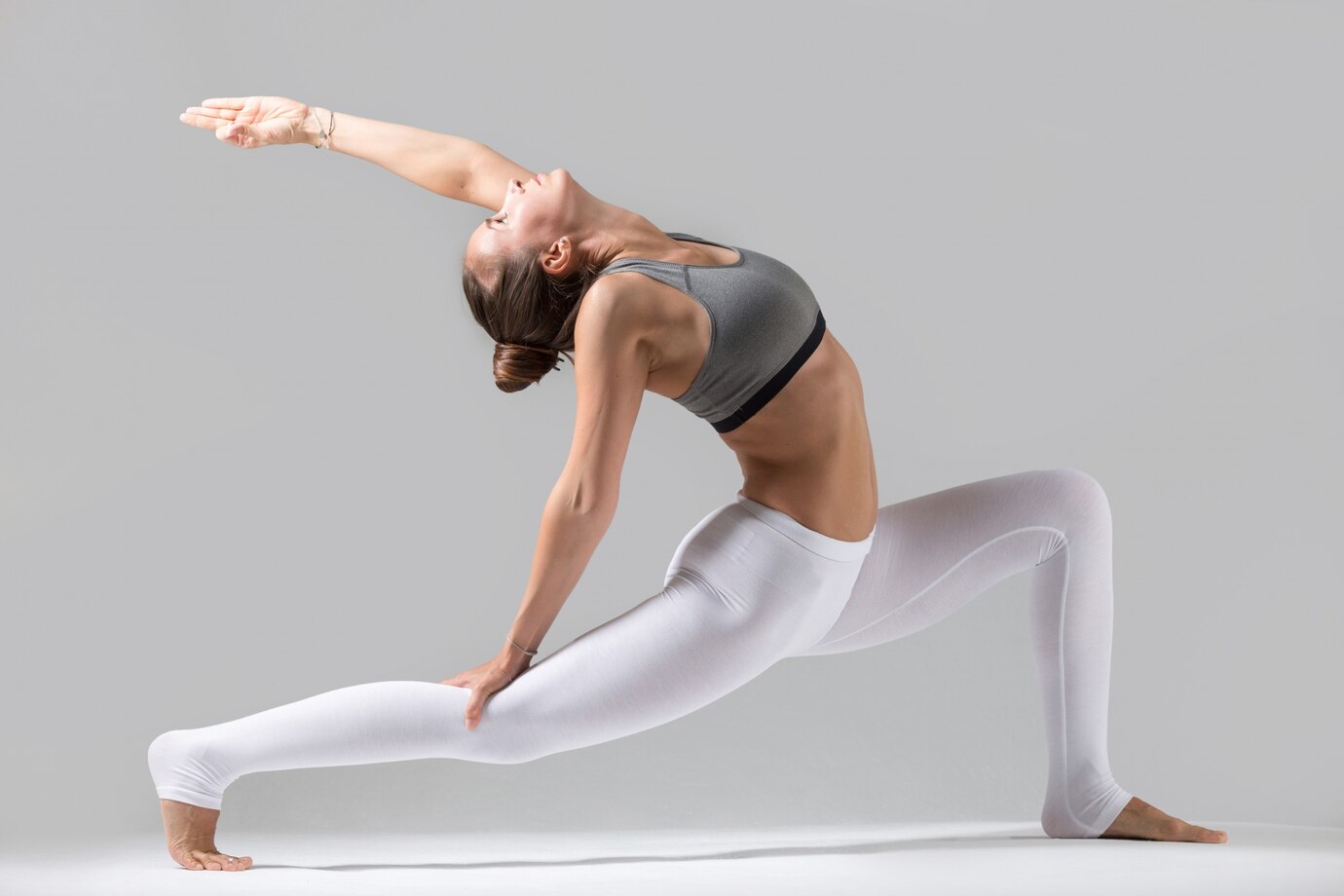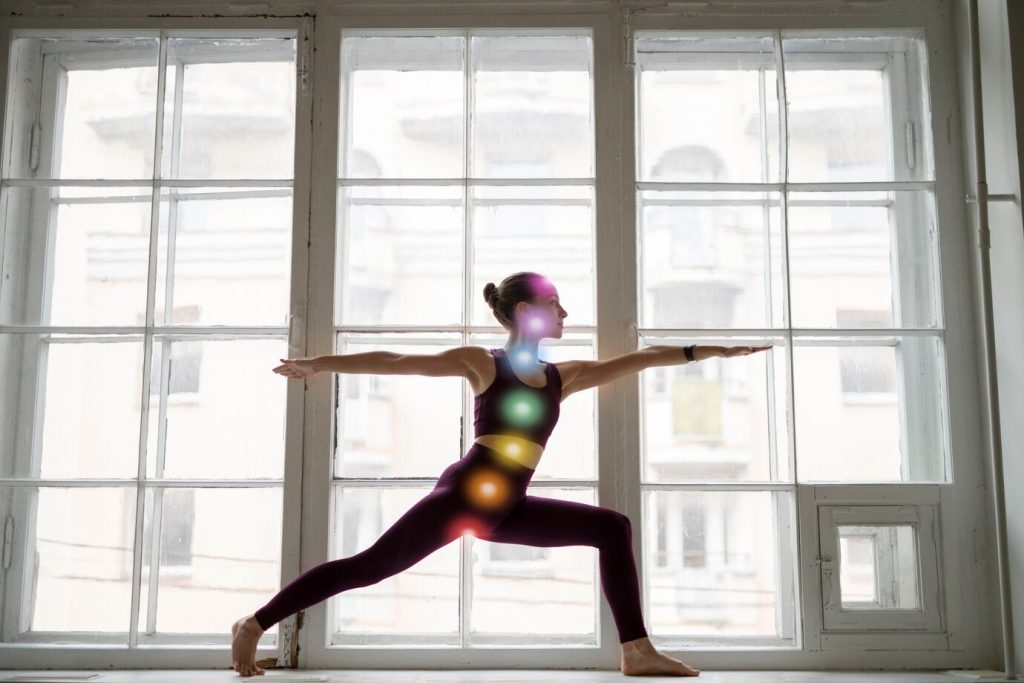Vinyasa Yoga: Everything You Need to Know
Vinyasa Yoga is a dynamic form of yoga often called “meditation in motion.” This yoga style connects flowing movements with breath, bringing harmony to both body and mind. Here, you’ll learn what Vinyasa Yoga is, its benefits, and who it is best suited for.
What is Vinyasa Yoga?
Vinyasa Yoga is a modern adaptation of Hatha Yoga, characterized by its fluid movements. Unlike Hatha Yoga, where each pose (asana) is held for a longer time, Vinyasa focuses on smooth transitions between postures. Every movement is synchronized with breath, creating a seamless flow.
The term “Vinyasa” comes from Sanskrit: “Vi” means “in a specific way,” and “Nyasa” means “to place or arrange.” This means that movements in Vinyasa Yoga are structured in a particular sequence. What makes Vinyasa unique is that every class can be different. Unlike Ashtanga Yoga, which follows a fixed set of poses, Vinyasa is creative and flexible.

Benefits of Vinyasa Yoga
Vinyasa Yoga offers numerous health benefits:
- Improves cardiovascular health: The flowing movements enhance blood circulation and strengthen the heart.
- Increases flexibility and strength: Regular practice stretches and strengthens muscles.
- Reduces stress: The combination of movement and breath helps relieve stress and calm the mind.
- Supports mental well-being: Studies show that Vinyasa Yoga can reduce anxiety and depression.
- Enhances breathing: Conscious breathing improves lung capacity and boosts energy levels.
What to Expect in a Vinyasa Yoga Class
A typical Vinyasa class starts with gentle stretching to warm up. Then, dynamic movements are performed in a continuous flow. A common sequence might include:
- Downward Facing Dog
- Plank Pose
- Chaturanga Dandasana (Yoga push-up)
- Upward Facing Dog
- Returning to Downward Facing Dog
This sequence is often repeated throughout the session. A Vinyasa class usually ends with a relaxation phase.
Who is Vinyasa Yoga For?
Vinyasa Yoga is suitable for both beginners and advanced practitioners. However, beginners should first learn basic asanas like the Sun Salutation. If you enjoy movement and find traditional meditation too static, Vinyasa Yoga may be perfect for you.
Tips for Beginners:
- Start with a Hatha Yoga class to learn the basics.
- Take a trial class to see if Vinyasa suits you.
- Be patient with yourself—flowing movements take time to master.
- Listen to your body and don’t force yourself into uncomfortable poses.

Alternatives to Vinyasa Yoga
If you want to explore other yoga styles, consider:
- Ashtanga Yoga: A structured and challenging practice with fixed sequences.
- Power Yoga: A more intense version of Vinyasa Yoga focused on building strength.
Conclusion
Vinyasa Yoga is an excellent way to harmonize body and mind. Its dynamic movements promote strength, flexibility, and relaxation. Whether you’re looking for stress relief, improved fitness, or a creative yoga practice, Vinyasa Yoga offers a versatile and engaging experience.

